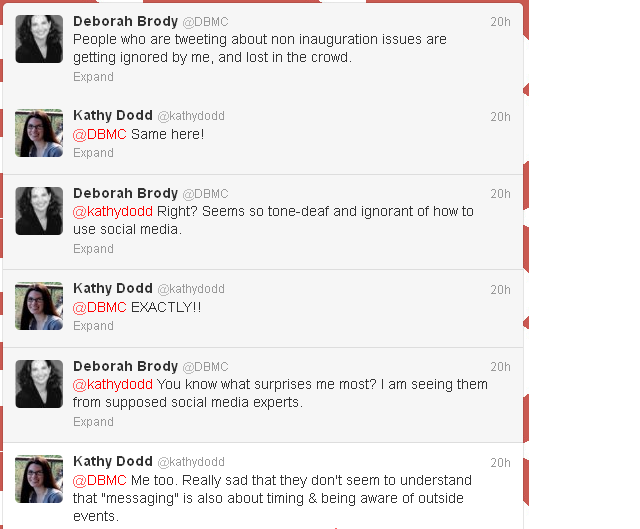What you can learn from coffee filters
As anybody who knows me (or sees the theme in this website), I like coffee. I brew a huge mugful every morning. For years, I have been using store brand (ok, cheaper) unbleached filters and thought nothing of it. However, I hosted a brunch in December, and was out of coffee and filters, so I bought premium coffee and premium filters ( always want to treat my guests right). Brunch was great and who knew my cousin was such a huge coffee drinker (brewed three pots!).

After I ran out of premium coffee, I reverted back to my usual (good) coffee, but still using the premium filters. And then, two days ago, I ran out of premium filters and was back to store brand. Guess what? My coffee tasted different–and not in a good way. It was more bitter.
Being a coffee lover, I had to correct this situation and promptly ran out and bought the premium filters again. Coffee this morning tasted good. The filters make a difference.
These are tough times, and many of us need to economize. But, we choose our battles and sometimes price does not win over quality.
Let me rephrase that: quality can trump price.
Marketing lesson here is simple: price is not the best unique selling proposition (USP). This is not the same as talking about value. If you are betting that your target audience will be swayed by price alone, you will be disappointed. People may try a product because it is cheaper, but if the quality is not there, they won’t buy again. In a sense, generic brands “get” this. How often do you see a generic advertised? Never, because the only reason to buy a generic is because it often has a lower price. You don’t promote generic/store brand products as being of HIGHER quality than brands, just comparable in quality but lower in price.
Find what makes your product (or service) special outside of the price. If your target values that attribute, the target will buy it very often regardless of price.
In other words, it’s about showing value and not about discussing price.
What say you? Are there products you buy because you think they have a higher value?
About Deborah Brody
Deborah Brody writes and edits anything related to marketing communications. Most blog posts are written under the influence of caffeine.






